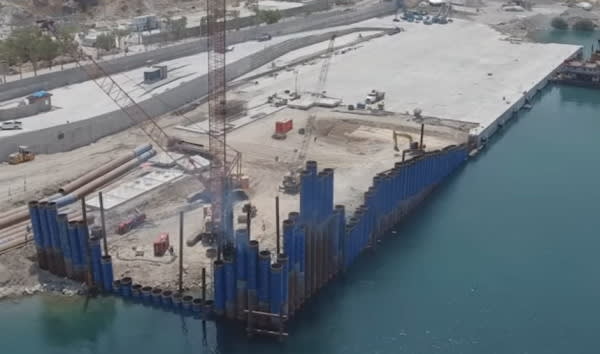LittleWheels
Structural
I have a pile wall composed of large diameter steel tubes linked by clutches and a very stiff capping beam.
I am concerned that clutch friction might increase the assessed capacity of a pile (tested individually) when in reality all piles in the locality would be loaded simultaneously and there would be no benefit from clutch friction. Probably clutch friction isn't a huge capacity contributor but somebody must already know the answer.
In addition, the soil between the CAPWAPed pile and the adjacent untested piles might be assessed as providing a greater resistance than would actually exist when the piles are simultaneously loaded.
Are there any papers examining the effects of the adjacent piles on the assessed capacity of a pile when it is high strain tested? I have not yet found such research.
I am concerned that clutch friction might increase the assessed capacity of a pile (tested individually) when in reality all piles in the locality would be loaded simultaneously and there would be no benefit from clutch friction. Probably clutch friction isn't a huge capacity contributor but somebody must already know the answer.
In addition, the soil between the CAPWAPed pile and the adjacent untested piles might be assessed as providing a greater resistance than would actually exist when the piles are simultaneously loaded.
Are there any papers examining the effects of the adjacent piles on the assessed capacity of a pile when it is high strain tested? I have not yet found such research.

